History
In 2010, as a collaborative alliance between Minera Los Pelambres and the University of La Serena, the “Antakari” team was born, a name that in Quechua means Copper Man. The first challenge was the construction of a solar vehicle to be able to compete in the Atacama Solar Race in 2011, which was called “Intikallpa” whose meaning is Energy from the Sun, managing to win first place in the competition and laying the foundations. of multiple versions of the Intikallpa solar car prototype.
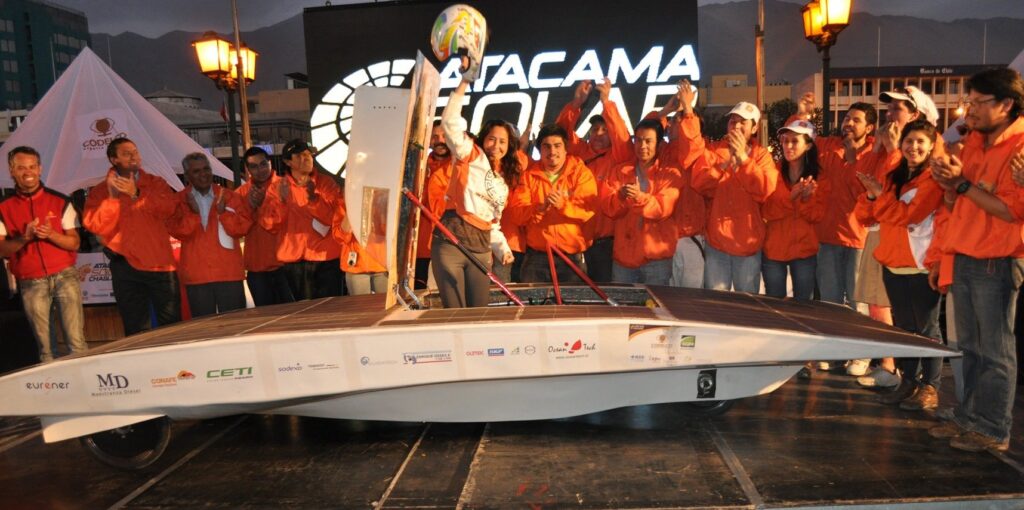
Construction of the second version (Intikallpa II) began in 2012 with important improvements in terms of the materials used, their characteristics and performance. The use of composite materials such as carbon fiber reinforced chassis panels, work in computational fluid mechanics to improve aerodynamics, and design improvements to the suspension were introduced. These improvements made it possible once again to obtain first place in the Atacama Solar Race in 2012.
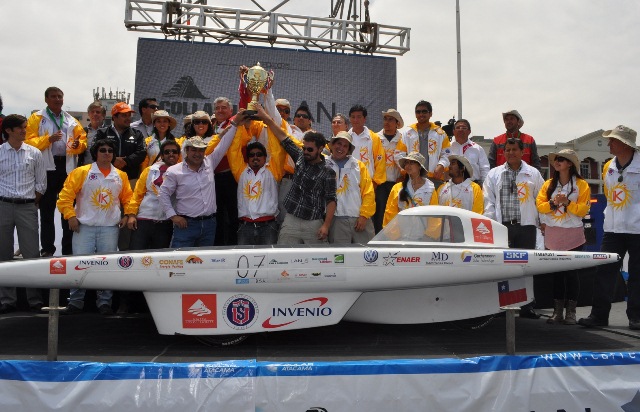
In 2013, the solar car entered the World Solar Challenge for the first time. To this end, some modifications were made to the IntiKallpa II in order to comply with competition regulations. The result in this competition was a second place in the “Adventure” category, positioning itself as the first vehicle from Chile and Latin America to complete the 3021 km length of said contest.
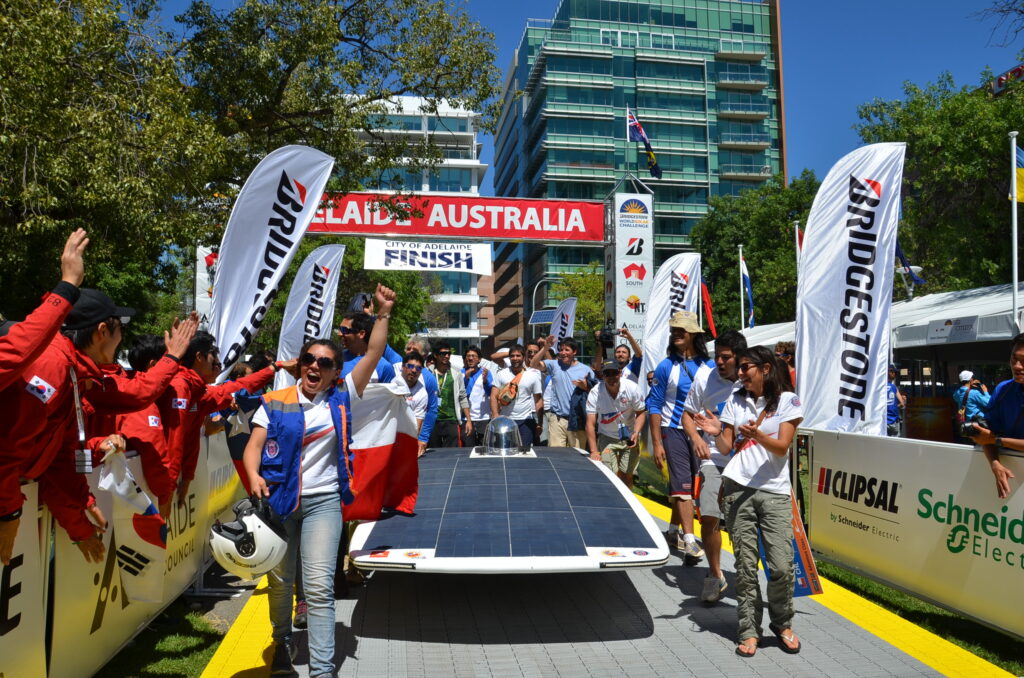
In 2014, the IntiKallpa III was built, which adopted the geometric “catamaran” type shape, allowing the use of four wheels, unlike its predecessors that only had three wheels. This prototype participated in the 2014 Atacama Solar Race, obtaining second place after a close competition against the solar car from Tokai University, a team from Japan considered one of the best teams in the world.
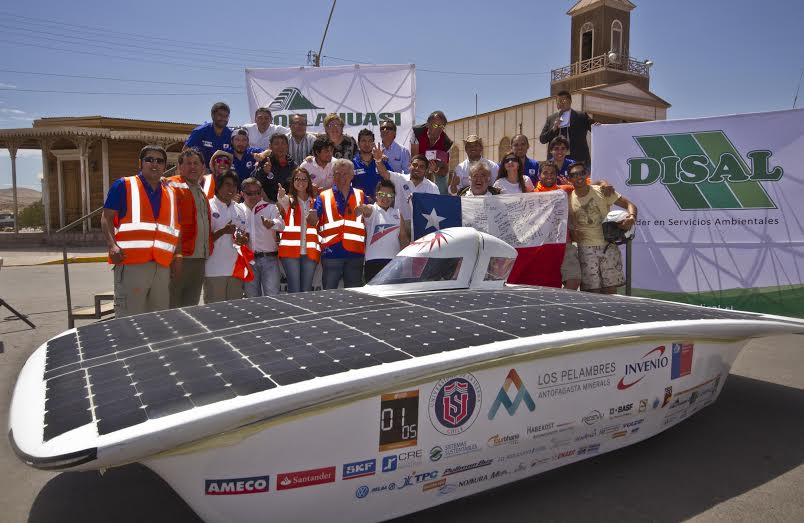
In 2016, the design of a new vehicle began, based on some of the ideas and innovations that had been conceived by the team. This vehicle called IntiKallpa IV was completed in August 2017, and a month later it competed in the 2017 World Solar Challenge in the main category called “Challenger”, marking a historic milestone by obtaining tenth place among thirty-two teams from the world-renowned universities.
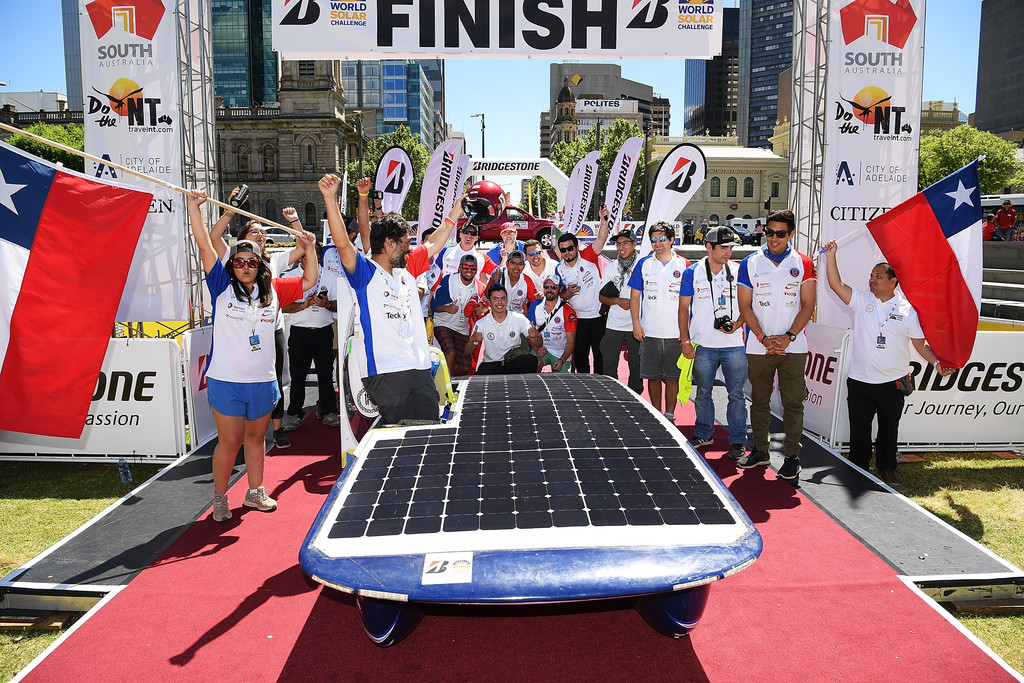
Taking all the experience gained in the 2017 competition, it is that in 2018 a series of radical changes are proposed for the construction of the new prototype, moving to a more elongated and efficient “bullet” type architecture. With the above, the IntiKallpa V achieved significant improvements in aerodynamics compared to the previous model, reducing energy consumption by 15%. Additionally, a redesign of the suspension system resulted in greater reliability that allowed it to obtain seventh place in the 2019 World Solar Challenge, competing again in the “Challenger” category, until now the best position obtained by a solar vehicle from Chile and Latin America.
